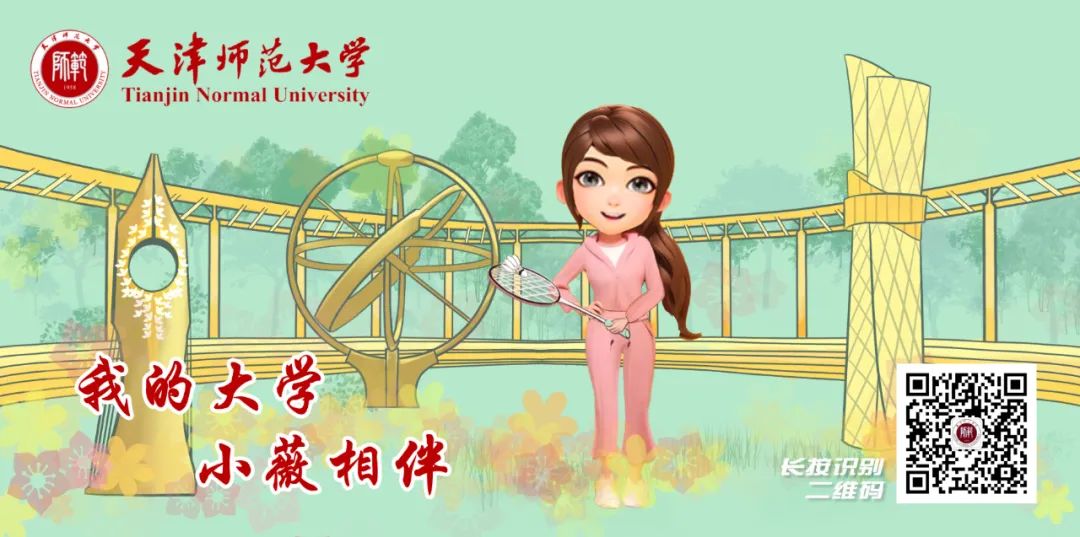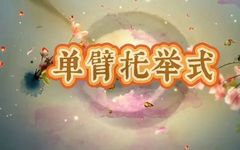

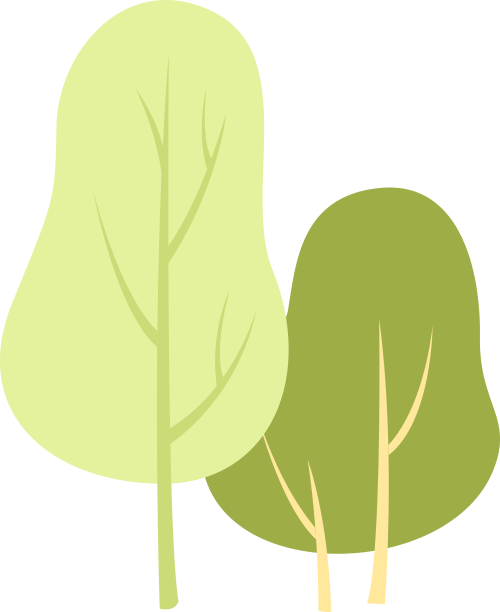
Guiding Techniques of the Twenty-Four Solar Terms
What are the Twenty-Four Solar Terms?
“Twenty-Four Solar Terms” is a knowledge system and social practice formed by ancient Chinese people through observing the annual movement of the sun, recognizing the changes in seasons, climate, and phenology throughout the year. On November 30, 2016, China’s “Twenty-Four Solar Terms” was officially listed as a UNESCO Intangible Cultural Heritage of Humanity.Ancient Chinese divided the sun’s annual movement into 24 equal parts, each part representing a “solar term,” collectively known as the “Twenty-Four Solar Terms,” which include: Lichun (Beginning of Spring), Yushui (Rain Water), Jingzhe (Awakening of Insects), Chunfen (Spring Equinox), Qingming (Clear and Bright), Guyu (Grain Rain), Lixia (Beginning of Summer), Xiaoman (Grain Full), Mangzhong (Grain in Ear), Xiazhi (Summer Solstice), Xiaoshu (Minor Heat), Dashu (Major Heat), Liqiu (Beginning of Autumn), Chushu (End of Heat), Bailu (White Dew), Qiufen (Autumn Equinox), Hanlu (Cold Dew), Shuangjiang (Frost’s Descent), Lidong (Beginning of Winter), Xiaoxue (Minor Snow), Daxue (Major Snow), Dongzhi (Winter Solstice), Xiaohan (Minor Cold), and Dahan (Major Cold).
What is Guiding Technique?
Guiding Technique is one of the traditional Chinese methods for physical and mental health management, with effects of “guiding qi to harmonize and leading the body to soften.” Modern practices such as Baduanjin (Eight Pieces of Brocade), Wuqinxi (Five Animal Frolics), and Yijinjing (Muscle/Tendon Changing Classic) all fall under the category of Guiding Techniques.
What is the Guiding Technique of the Twenty-Four Solar Terms?
The “Guiding Technique of the Twenty-Four Solar Terms” is said to have been created by the famous health expert Chen Xiyi during the late Tang and early Song dynasties. It is widely recorded in ancient health books such as “Baosheng Xinjian,” “Zunsheng Bajian,” and “Shouyang Congshu.” This guiding technique is based on the changes in the body’s qi and blood, yin and yang, combined with the characteristics of seasonal solar terms, using simple and easy guiding movements to achieve the goals of health maintenance and disease prevention. The “Guiding Technique of the Twenty-Four Solar Terms” is an important embodiment of the “correspondence between heaven and man” philosophy, reflecting the traditional cultural characteristics of “the harmony of body and mind with nature, and aligning with the qi of heaven and earth and the order of the four seasons.”

Guiding Technique for Lixia: Single Arm Lift
What is Xiaoman?
Xiaoman is the second solar term of summer. The name Xiaoman has two meanings. First, it relates to climate and precipitation. During Xiaoman, heavy rains begin to increase in the south, and precipitation becomes frequent, as the saying goes, “Xiaoman, Xiaoman, rivers and lakes are gradually full,” where “full” refers to the abundance of rainwater. Second, it relates to agriculture, particularly wheat. In northern regions, during the Xiaoman solar term, there is little to no rain, and summer crops like wheat have begun to fill out but are not yet mature, hence the term “Xiaoman.”
Xiaoman has three phases: “The first phase is when bitter herbs flourish, the second phase is when the soft-stemmed grasses die, and the third phase is when wheat harvest arrives.” This describes the conditions after the Xiaoman solar term, where bitter herbs have become lush; some shade-loving grasses begin to wither under strong sunlight; and subsequently, wheat begins to mature. There are many traditional customs on the day of Xiaoman, including summer busy festivals, worshipping the vehicle god, moving three carts, the silkworm festival, and eating bitter herbs.
What conditions are likely to occur in the body during Xiaoman?
First, dampness. “Xiaoman, Xiaoman, rivers are full,” indicates increased rainfall and humidity in the air, making the body prone to dampness, which can lead to skin diseases such as athlete’s foot and eczema. There is a saying, “Summer brings dampness,” meaning that the heat of summer is most likely to combine with dampness to invade the body.Second, internal heat. The hot weather and high temperatures of summer lead to an increase in yang energy, making people prone to internal heat and emotional irritability. If one often stays up late and has an irregular diet, over time, the body will generate internal heat, and the combination of internal and external heat can lead to a series of heat-related illnesses, such as insomnia due to excessive heart fire, mouth sores, and irritability.Third, summer heat. As the weather becomes increasingly hot after Xiaoman, outdoor activities and working in high temperatures pose a risk of heatstroke, leading to symptoms such as dizziness, chest tightness, shortness of breath, and general fatigue.
How to regulate and maintain health during Xiaoman?
First, maintain cleanliness and dryness. During Xiaoman, the high temperatures lead to increased sweat secretion, making the skin prone to bacterial growth. Therefore, it is important to bathe frequently, change clothes often, keep indoor spaces dry and ventilated, and prepare for “heat and dampness prevention.”Second, strengthen the spleen and eliminate dampness, focusing on awakening the spleen and strengthening the stomach. Foods like bitter melon can help relieve summer heat and fatigue, ginger can expel dampness, and red bean and coix seed soup can strengthen the spleen and eliminate dampness.Third, avoid excessive exercise. “Sweat is body fluid,” and as temperatures rise during Xiaoman, the body is prone to depleting qi and damaging body fluids, leading to symptoms such as fatigue and reluctance to speak. Therefore, exercise during Xiaoman should not be excessive; light sweating is sufficient, and one should avoid excessive sweating.
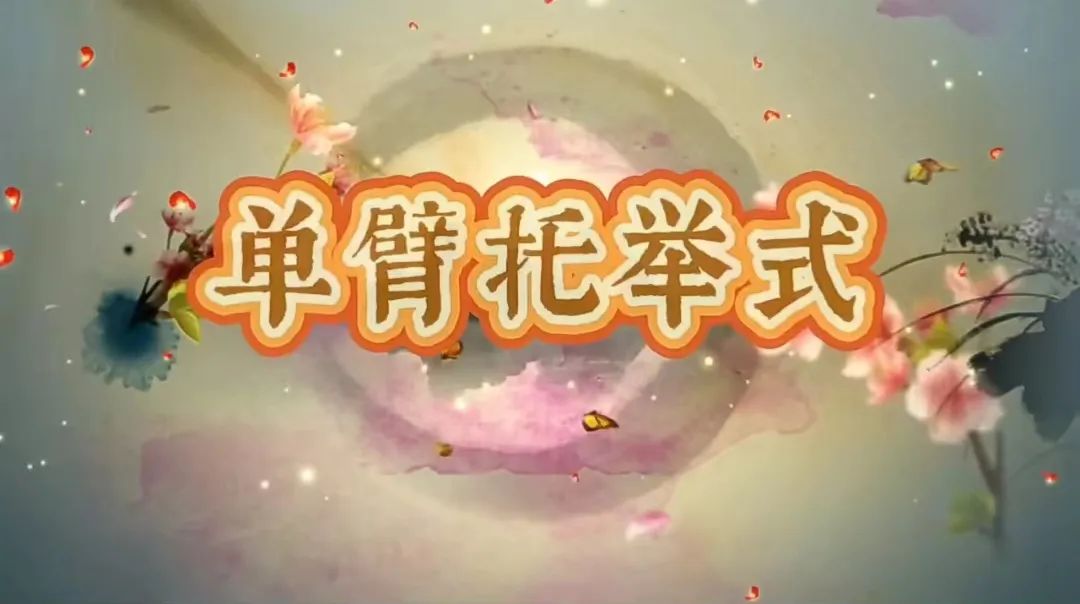
How to perform the Xiaoman Guiding Technique?
Action Name: Single Arm Lift
The “Single Arm Lift” is based on the ancient traditional practice of the “Guiding Technique of the Twenty-Four Solar Terms.” According to “Zunsheng Bajian,” this action can alleviate symptoms such as “stagnation of lung qi, fullness in the chest and ribs, palpitations, facial redness, nasal redness, yellowing of the eyes, and heat in the palms.”
Action Analysis
Action One
1. Sit cross-legged with both legs, arms extended outward resting on the thighs;
2. Raise the left palm with fingertips pointing up, rotating the arm to lift it to the top of the head, supporting the sky with the palm base;
3. Relax the left shoulder and elbow, with the palm facing inward, and return it to rest on the thigh;
4. Switch sides and repeat the same action; left and right count as one repetition, repeat 3-5 times;
Action Two
5. Both palms firmly grasped, placed in front of the lower abdomen;
6. The left palm pushes upward, reaching the base of the palm; the right palm presses down beside the right hip, fingertips pointing forward; both arms pull and stretch;
7. The left palm, with the palm facing down, descends in front of the abdomen while the right palm rises to the front of the abdomen; both palms firmly grasped;
8. Switch sides and repeat the same action; left and right count as one repetition, perform 3-5 times;
9. Finally, return to a seated position, breathe naturally, and relax the whole body.
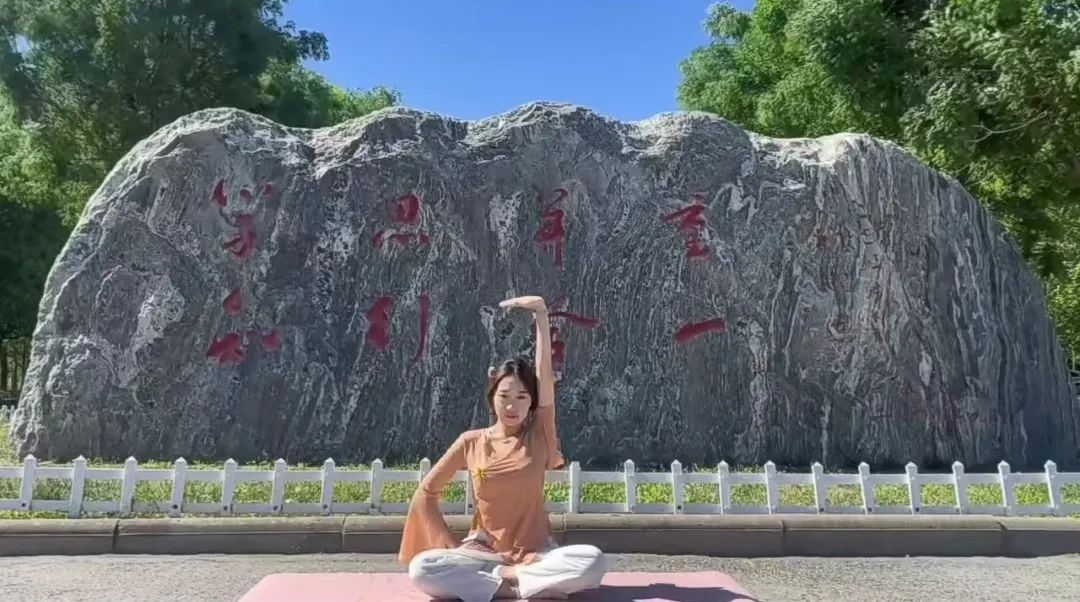
Precautions
1. Please warm up sufficiently before practicing.
2. Beginners should not sit cross-legged for too long.
3. The movements should be performed as smoothly and harmoniously as possible to maximize the flow of qi and blood in the body, maintaining a balance between yin and yang.
References:
[1] Zhang Mingliang. Illustrated Guide to the Twenty-Four Solar Terms Health Practices [M]. Beijing: People’s Health Publishing House, 2018.[2] Gao Lian. Zunsheng Bajian [M]. Beijing: People’s Health Publishing House, 2023.[3] Dong Xueyu, Xiao Kezhi. Twenty-Four Solar Terms [M]. Beijing: China Agricultural Press, 2012.
Contributed by: School of Sports Science
Submission Guidelines
“Wee Smile” mailbox: [email protected]
We welcome contributions from faculty, students, and alumni.
When submitting, please indicate the author, affiliated institution, phone number, submission section (Decheng Classics, Zhihai Exploration, Physical Health, Aesthetic Melody, Craftsmanship, Harvest Canvas, Book Sea Boating), etc. Text, images, and videos are welcome.
Previous Recommendations
First National, Silver Award!
Zhihai Exploration | Entering the Undergraduate Mentor System – School of History and Culture
